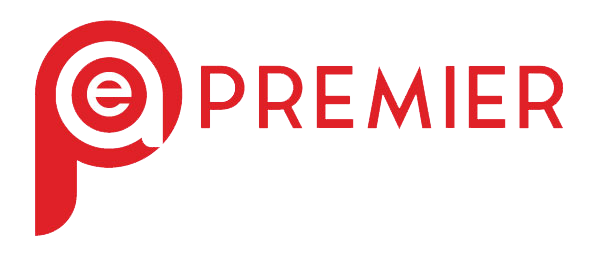The Complete Guide to Choosing and Maintaining Tire Changers for Auto Repair Shops
Whether you’re upgrading your current setup or opening a new shop, selecting the right tire changer—and keeping it in top shape—is essential for efficiency, safety, and profitability.
1. Choosing the Right Tire Changer for Your Shop
Manual vs. Automatic Models
-
Manual Tire Changers are budget-friendly and great for low-volume work or basic shops.
-
Automatic Tire Changers (semi- or fully automatic) offer faster operation and reduced chance of tire/rim damage—ideal for high-volume shops.
Capacity & Special Features
-
Consider maximum rim diameter and tire width—those specs must match the vehicles you serve.
-
Additional features like assist arms or rim clamp flexibility can significantly improve work speed and performance.
Durability & Build Quality
-
Look for models with solid cast-iron or heavy-duty steel parts and powerful motors (typically 1.5 HP or more).
-
The more you use it, the more essential reliability becomes.
2. Maintenance Best Practices for Long-Lasting Performance
Daily Cleaning & Inspection
-
Wipe down turntables, clamps, and bead-breaking tools after each use.
-
Check for wear on seals, hoses, and moving parts—and replace promptly when they show signs of fatigue.
Lubrication Schedule
-
Grease pivot points, rotating surfaces, and bead breakers weekly to avoid stiffness or rust.
-
Use manufacturer-recommended lubricants to ensure proper operation.
Alignment, Calibration, and Repairs
-
Ensure the tire clamps remain level; misalignment can lead to poor performance or damage.
-
Schedule calibration checks monthly to ensure accurate pressure application and safe operation.
-
Address air leaks or electrical issues from the first sign—prevention beats downtime.
3. Safety Guidelines: Protect Your Team and Your Equipment
-
Training is key: All technicians should be trained on correct usage, especially on using clam operations and bead-breaking tools.
-
Use protective gear: Steel-toed shoes, gloves, and safety glasses help guard against flying debris—even routine tasks can be hazardous.
-
Follow the “3 P’s”: Power down, then Pro-check before any maintenance: disconnect power, inspect equipment, and resume safely.
4. When to Rely on Professional Support
Even with stellar maintenance, wear and tear can take a toll over time:
-
If you notice irregular movement, excessive noise, or vibration, it’s time for professional service.
-
Annual inspections by certified technicians can extend equipment life and preserve warranty coverage.
Conclusion
Tire changers are foundational to any efficient auto repair shop. By selecting the right type for your needs, withstanding the regular cleaning and lubrication schedule, and following safety best practices, you’ll minimize downtime and maximize return on investment.
